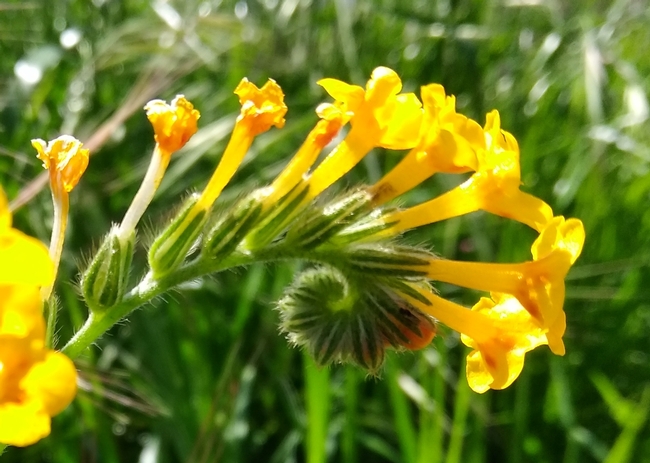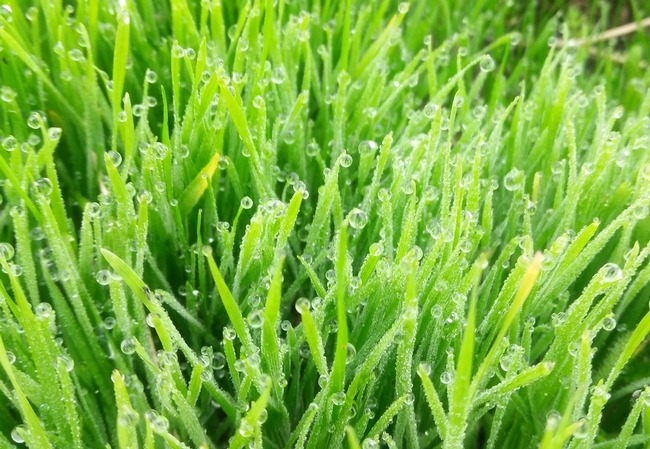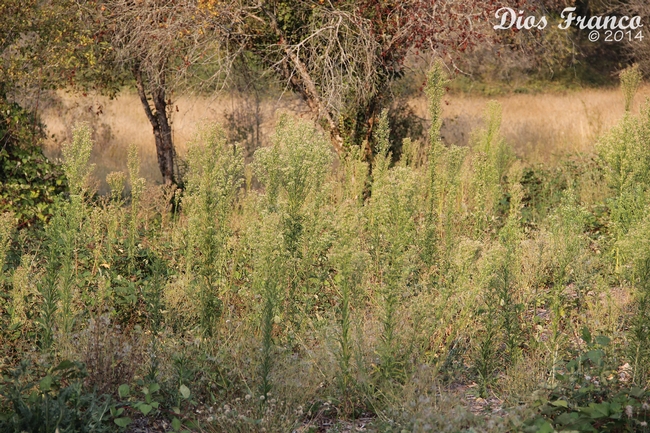In the 5 years I've been with UCCE, I have received a few recurring weed-related questions. I've certainly had some unique requests, like how to deal with fig trees invading a livestock water pipeline, or whether filaree might be harmful to guinea pigs (it isn't). But often, questions I receive about rangeland or pasture weeds fit under three categories:
- Is this plant toxic to my animals?
- How can I get rid of yellow starthistle?
- What can I plant in my pasture to outcompete all these weeds?
Of course, each question has its own “It depends”-style answer. But today, I want to share the resources I recommend for these Frequently Asked Questions.
Is this plant toxic? (Usually following the question, “What is this plant?”)
- Toxicity varies with plant species, growth stage, part or structure (e.g leaf versus flower) and relative abundance. Toxicity also varies with animal species and size, and what other feed is available. Some plants are toxic at all growth stages and in all parts of the plant (such as oleander) while other plants accumulate toxins at certain times of their growth cycle (such as plants that accumulate nitrate) or affect livestock species differently (such as yellow starthistle).
Fiddleneck, like oleander, accumulates toxins in all plant parts, though the concentration can vary. Fiddleneck seeds and flowers often contain the highest concentrations of alkaloids within a single plant. - Fortunately, we have an excellent guide that describes common toxic plants and how to reduce risk to your animals: Livestock-Poisoning Plants of California. For plants that aren't listed, you can always contact your local farm advisor for assistance in plant identification and management! If you suspect plants are poisoning your animals, please contact your veterinarian ASAP.
How can I get rid of yellow starthistle?
- While we probably can't eliminate it completely,yellowstarthistle can be managed to reduce its impact on landscapes and livestock. Several usefulresourcesdescribeyellowstarthistle management, and can be freely accessed or downloaded:
- UC IPM Pest Note on Yellow Starthistle, a brief overview of the plant itself and key management strategies
- Yellow Starthistle Management Guide, published through Cal-IPC, probably the most thorough document on yellow starthistle impacts and management tools
- Yellow Starthistle weed report, from Weed Control in Natural Areas in the Western United States, especially handy if you want a concise comparison of management options, or something that is well formatted for printing out
What do I plant to manage pasture weeds?
- Maintaining healthy forage cover is one of the best ways to reduce weed pressure in a grazing or haying area, whether irrigated or not. However, getting good forage established can be more challenging when there are weeds already present. Drought years like this year don't help, either – many deep-rooted broadleaf weeds are doing fine while desirable grasses had a shorter than usual growing season. And, of course, site-specific variations affect what forage plants might be competitive, and what weeds they might have to outcompete.
- Because the answer is more complicated than “buy X seed mix”, I usually refer to the excellent guide, Establishing and Maintaining Irrigated Pasture for Horses. The principles of pasture preparation, including strategies for weed management during pasture establishment, are similar across grazing livestock species. Most of the information in the guide can also apply to dry pastures aside from the specific sections about planning and using irrigation.
Healthy pastures will better outcompete weeds. The species in that pasture will vary across the state. Having sufficient moisture - from rain or irrigation - also impacts weediness!
Now, range and pasture weed questions aren't going to be completely resolved by a single blog post – but I do hope this post is a helpful starting point for anyone who manages rangelands or pastures.
If you have a question that isn't listed in this short FAQ, feel free to reach out! I'm happy to expand this resource. You can comment on this blog, email rkozeran@ucanr.edu, or message through my program Facebook page.


